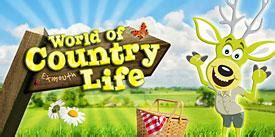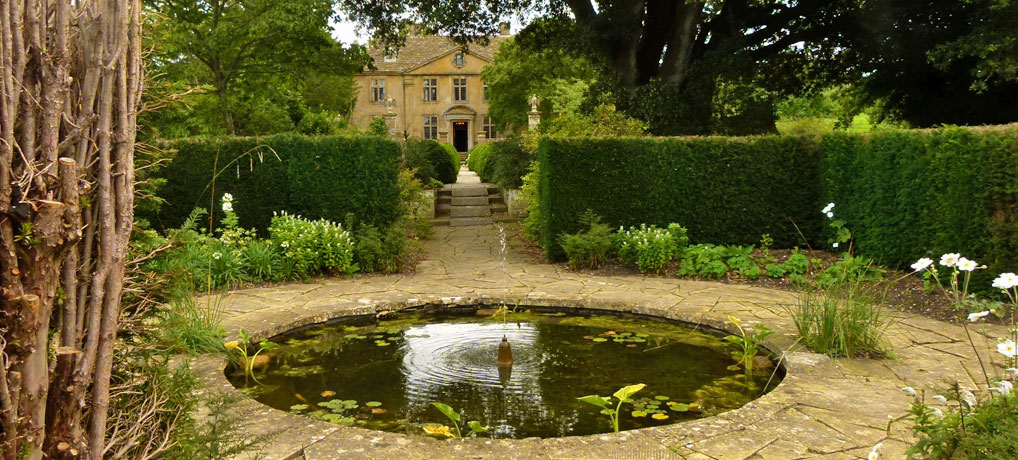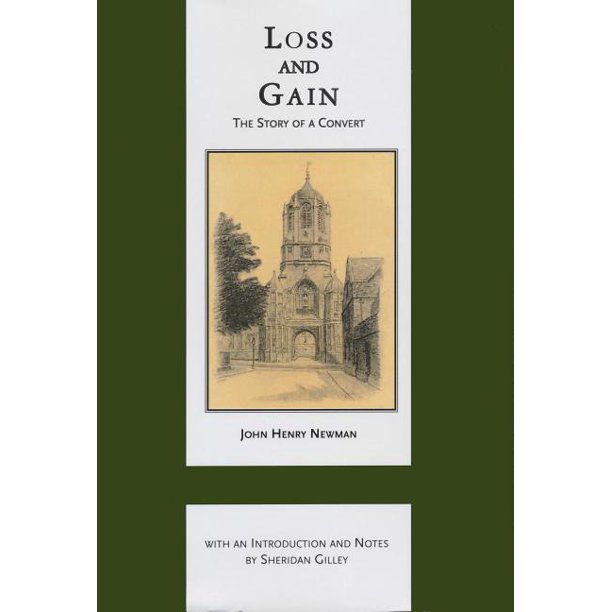The Needles, at the far west of the Isle of Wight, are one of Wessex’s most dramatic natural attractions. Three stacks of chalk, each about 30m high, stretch out into the English Channel. A fourth stack, named Lot’s Wife after the biblical character who was turned into a pillar of salt for looking back, collapsed into the sea in 1764.
From 1860, the Needles were the site of two artillery batteries designed to protect the west end of the Solent from enemy ships. The Batteries were used in both world wars before being decommissioned in 1954, and are now owned by the National Trust.
At the end of the 19th century, Guglielmo Marconi carried out experiments there that eventually led to the birth of radio and telecommunications. In 1898, Marconi managed to send a radio transmission to Queen Victoria at nearby Osborne House, ushering in the modern communications age. He is commemorated with a statue at The Needles.
Boat trips operate around The Needles, with a choice of high-speed RIBs (rigid inflatable boats) or slower pleasure cruises. As always, check the website for COVID-19 restrictions.
At the far end of The Needles lies its famous lighthouse. Light from Trinity Lighthouse can be seen from up to 14 miles away. The lighthouse was fully automated in 1994, and no longer needs a keeper, so bang goes my dream job!
Other attractions for kids include a sweet factory, a Jurassic-themed Dino Jeep Safari (any resemblance to any Hollywood blockbuster movies is, of course, entirely coincidental), and several fairground rides. Unfortunately many of these are closed until 2021, so again, check the website.
The Needles is signposted from all major roads nearby. The postcode, for satnav purposes, is PO39 0JD, while the number 7 Southern Vectis bus from Newport serves nearby Alum Bay.





